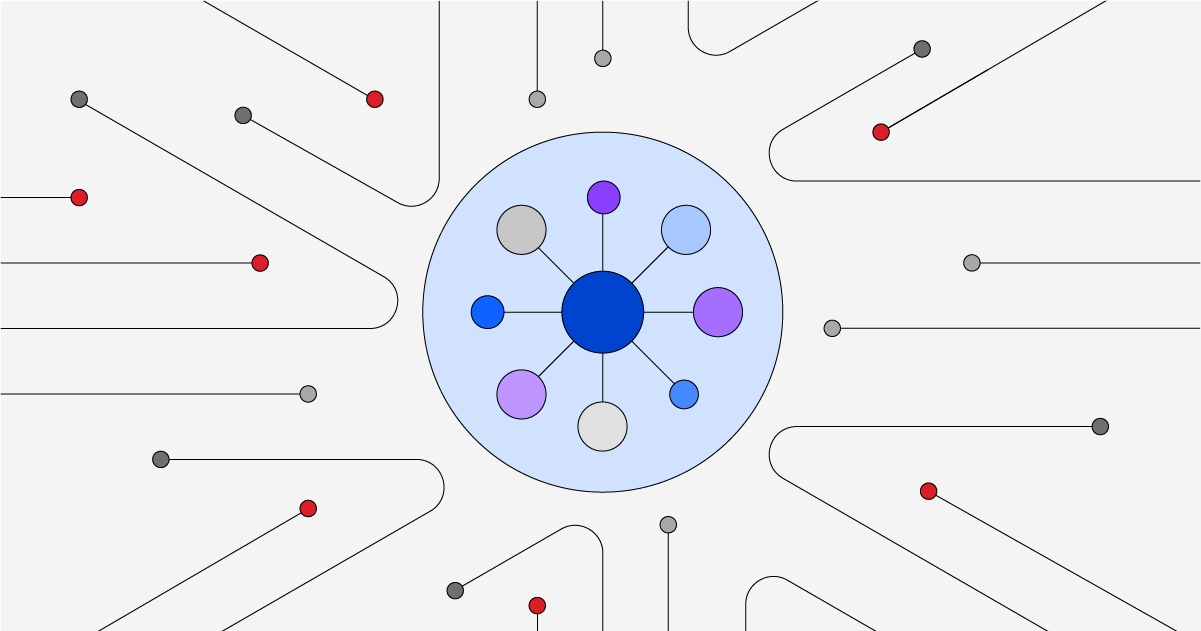A Comprehensive Guide to Mobile Anti-Malware Solutions
A Comprehensive Guide to Mobile Anti-Malware Solutions: Protecting Your Device from Cyber Threats
In the digital age, the importance of mobile anti-malware solutions cannot be overstated. As we increasingly rely on our smartphones and tablets for everything from banking to shopping to social networking, these devices have become prime targets for cybercriminals. This article provides a comprehensive guide to mobile anti-malware solutions, offering insights on how to protect your device from cyber threats.
Mobile malware is a type of malicious software designed to target mobile devices. It can take many forms, including viruses, worms, Trojans, ransomware, and spyware. These threats can compromise your personal information, drain your battery, consume your data, and even render your device unusable. Therefore, it’s crucial to understand the various types of mobile malware and how they operate.
The first step in protecting your device is to install a reliable mobile anti-malware solution. These applications work by scanning your device for known threats and removing them. They also provide real-time protection, blocking malicious apps and websites before they can infect your device. Some of the most popular mobile anti-malware solutions include Avast, McAfee, Norton, and Bitdefender. These solutions offer robust protection against a wide range of threats, and they’re easy to install and use.
However, it’s important to note that no anti-malware solution is 100% effective. New threats are constantly emerging, and cybercriminals are always finding new ways to bypass security measures. Therefore, it’s essential to keep your anti-malware software up to date. Most solutions offer automatic updates, ensuring that you’re always protected against the latest threats.
In addition to using an anti-malware solution, there are several other steps you can take to protect your device. One of the most effective is to only download apps from trusted sources. Many instances of mobile malware come from third-party app stores or malicious websites. By sticking to official app stores, you can significantly reduce your risk.
It’s also important to be wary of phishing attempts. Phishing is a…



